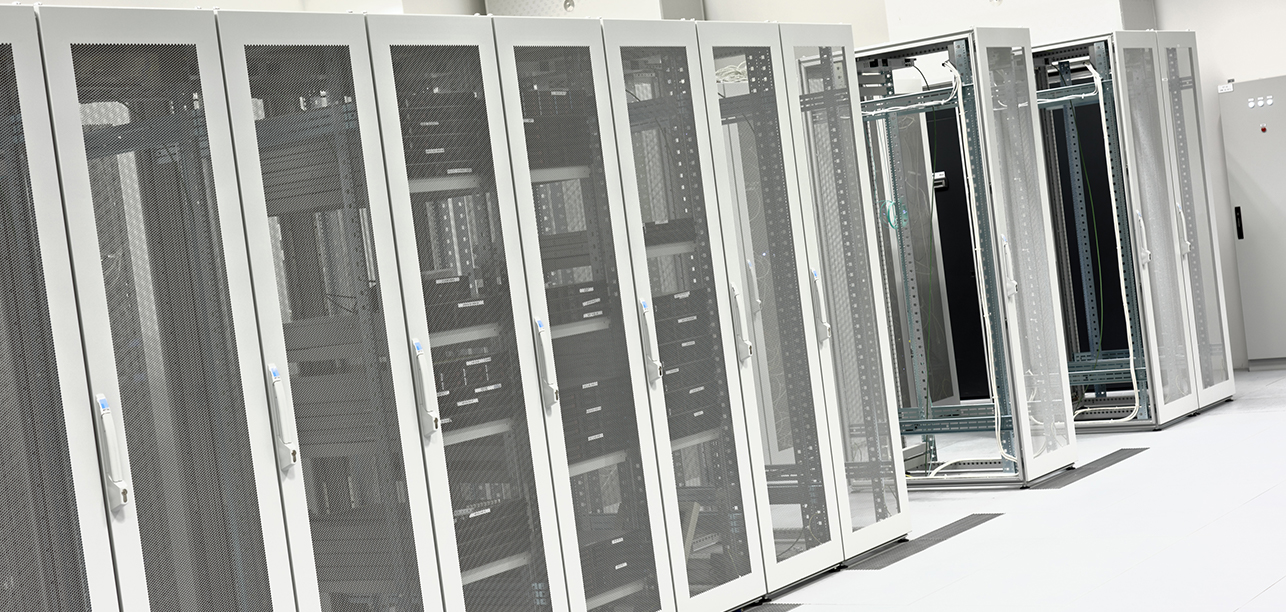
What do the downfall of Osama Bin Laden and the discovery of new pyramids have in common?
 With 2011 almost over, many are taking time to reflect.
With 2011 almost over, many are taking time to reflect.
We all remember when the world was held captive by the news after U.S. forces brought down Osama Bin Laden last May. Also this year, though perhaps not quite as publically known, but nonetheless still thrilling, 17 previously undetected pyramids and more than 1,000 tombs were discovered in the Egyptian desert.
While these two events might not appear to relate, to a geosciences company like ours, NEOS GeoSolutions, their common denominator is quite fascinating. While others were engrossed with the details of the Bin Laden ambush, we were particularly excited about the use of hyperspectral imaging that U.S. Navy Seal Team 6 used to scope out the target.
Reflection of the sun’s energy by any material creates a unique fingerprint, known as a “spectral signature” for that material. In both of these incredible situations, hyperspectral imaging allowed the viewer to see what the naked eye could not. NEOS also uses hyperspectral systems in its programs and can identify natural resources by searching the earth’s surface for telltale spectral signatures such as minerals or hydrocarbons.
As a result of using these systems, we face a challenge each and every day — storing and working with huge amounts of data such as [self-acquired] hyperspectral data and the complex geo-programs used to interpret it. When dealing with large amounts of data and farms of compute clusters, it is imperative that it is hosted from a primary location, Internap’s colocation facility in Santa Clara, CA, to allow for more efficient processing and faster project completion across various corporate offices. Combine this location with state-of-the-art security, 100% uptime and a bevy of other benefits, and NEOS can focus its attention on what it does best — acquiring and simultaneously interpreting multiple geological, geophysical and geochemical data sets to identify hydrocarbons and minerals in the subsurface.
As we enter into 2012, NEOS will continue to work to collect and interpret Hyperspectral data but will also look forward to witnessing more global feats, accomplishments and advancements, all at the hands of seriously interesting Hyperspectral imaging.
About our guest blogger: Courtney Ford joined NEOS GeoSolutions after spending two years living in Madrid, Spain. While in Madrid she co-created a thriving website called Guiri Guide whose Madrid, Paris and Prague editions are designed to serve the ‘youthful expatriate.’ Courtney has extensive experience as a marketer in the oil field services industry and is a guest blogger for Internap.


